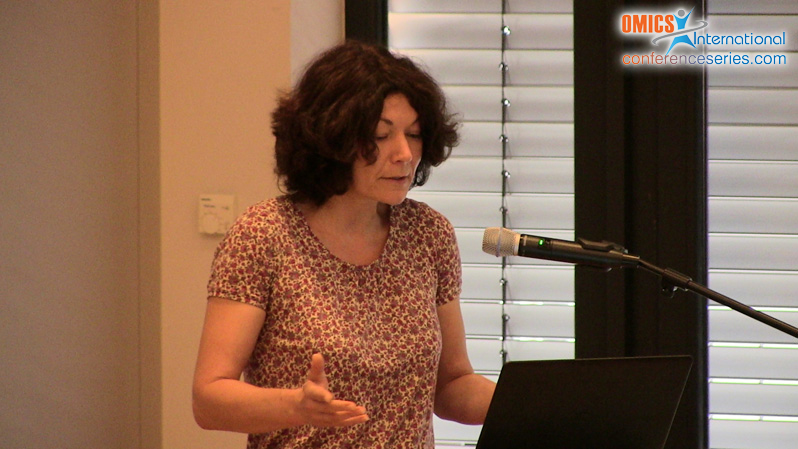
Kathrin I Mohr
Helmholtz Centre for Infection Research (HZI), Germany
Title: Comparison of Myxobacterial diversity in sand from Kiritimati Island and German compost
Biography
Biography: Kathrin I Mohr
Abstract
Myxobacteria harbor an enormous potential for new bioactive secondary metabolites and are at the focus of natural product research in our group since more than 30 years. Within this time more than 100 new substances and about 600 derivatives have been isolated from these fascinating bacteria. New groups of myxobacteria turned out to be particularly promising candidates for the discovery of unknown metabolites. Therefore the isolation of hitherto undescribed myxobacteria is of high importance. To examine our cultivation success with extended standard methods, the diversity of myxobacteria present in sand from Kiritimati Island and German compost was evaluated by both cultivation-based and -independent methods. Phylogenetic analyses of cultured and uncultured 16S rRNA gene sequences revealed a big potential of undescribed myxobacteria in both sampling sites which were detected by clone bank analyses but not by cultivation. A total of 79 myxobacteria-related sequences were identified from clones of the libraries from these two samples which grouped into 12 operational taxonomic units (OTUs) on basis of 99 % sequence similarity. Cultivation of exclusively bacteriolytic myxobacteria revealed 42 strains from the genera Myxococcus, Corallococcus, Archangium, and Polyangium, whereby the genera Myxococcus and Corallococcus were represented by both approaches. But even in this well studied genera, as well as in the suborders Sorangiineae and Nannocystineae, a considerable number of clones were assigned to, if any, uncultivated organisms. However, high deficits are demonstrated in the cultivation of the remaining myxobacterial diversity. Especially clades which are exclusively represented by clones are of high interest with regard the cultivation of new bioactive secondary metabolite-producers.

